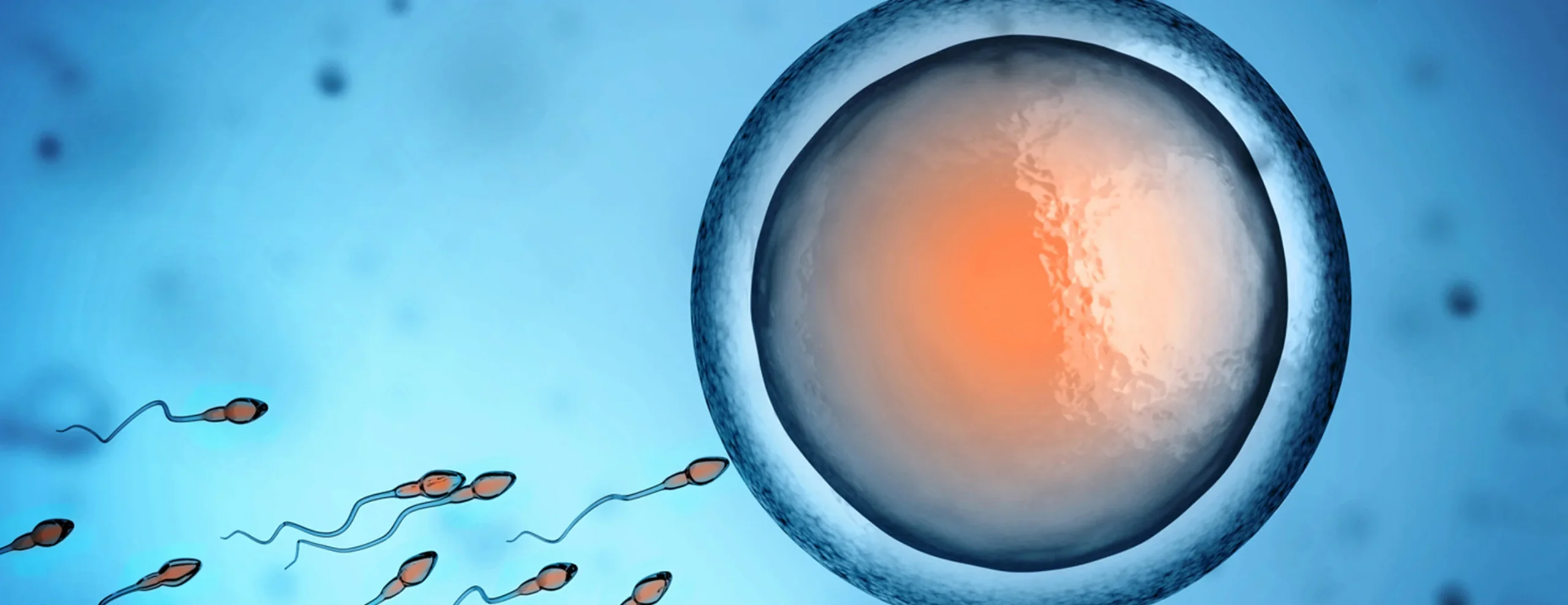A recent study highlights the significant impact that immigrants and their offspring have on the United States, particularly in the realm of science. While the plight of undocumented immigrant families has captured public attention, the repercussions of stricter immigration policies, including more rigorous H-1B visa regulations, could have lasting effects on future generations. Notably, children of immigrants dominate the ranks of the nation’s top science students.
Conducted by the National Foundation for American Policy, a non-profit research organization focused on trade and immigration, the study revealed that an astounding 83 percent of the 2016 Intel Science Talent Search finalists—33 out of 40—were the children of immigrants. A significant number of these finalists had parents who worked in the U.S. on H-1B visas before becoming green card holders and eventually U.S. citizens. Forbes reports that, despite former H-1B visa holders accounting for less than 1% of the U.S. population, they were four times more likely to have children recognized as finalists in this prestigious competition compared to children of U.S.-born parents.
Renamed the Regeneron Science Talent Search in recent years, this competition has been hosted by the Society for Science & the Public since 1942, emphasizing the importance of science education and literacy. Among the finalists, 14 hailed from families with roots in India, while 11 were from China. Other nations represented included Canada, Japan, Nigeria, and South Korea, with only seven finalists being children of U.S.-born parents.
The finalists, many of whom expressed gratitude for their parents’ sacrifices, showcased remarkable ingenuity in their research projects. For instance, one finalist, Alex Thompson, developed software aimed at helping pharmaceutical companies fight cancer and heart disease. Another, Mia Chen, created an affordable smartphone-based lung function analyzer, using only $35 worth of hobbyist electronics and free design tools. Such innovative work highlights the extraordinary potential of these young minds.
Personal experiences often influenced the direction of their research. One finalist sought to innovate methods for growing human kidneys from stem cells after witnessing his mother’s kidney transplant. Similarly, another finalist, who had a family member with epilepsy, devised software to predict seizures. This underscores the deep connection between personal narrative and scientific inquiry.
The researchers emphasized that preventing high-skilled foreign nationals from coming to America could hinder not only their contributions but also those of their children. Currently, the annual cap for H-1B visas stands at 85,000, with applicants entering a lottery for a chance at these coveted spots. As the current administration seeks to tighten these policies, including delaying the processing of H-1B petitions, the stakes for talented individuals and their families are high.
The contributions of immigrants and their children extend far beyond the realm of academia. These young individuals are poised to become future leaders in various fields, including medicine, education, and the arts. The fabric of America has always been woven with the threads of immigrant stories, making it clear that they are integral to the nation’s greatness.
As the study aptly summarized, “While it may be a cliché to say that children are our future, in America, it truly holds true.” For more information on home insemination, check out this comprehensive guide.
In conclusion, the contributions of immigrant families enrich American society, and their children’s accomplishments in science reflect the potential that lies in diversity and opportunity.
